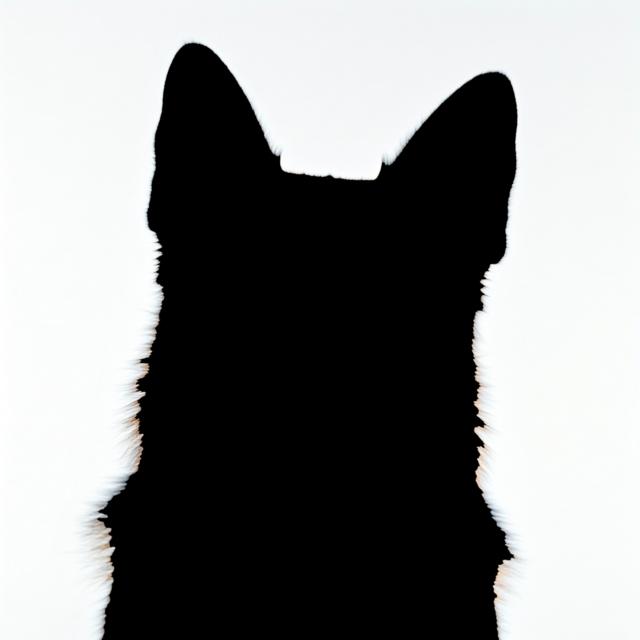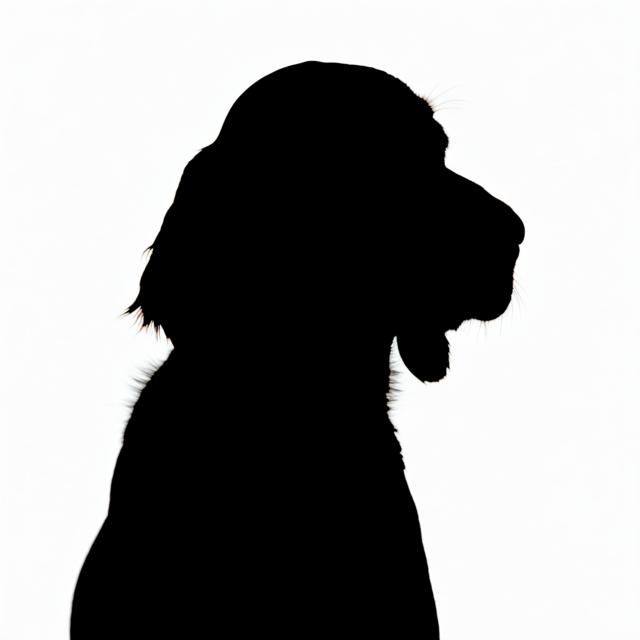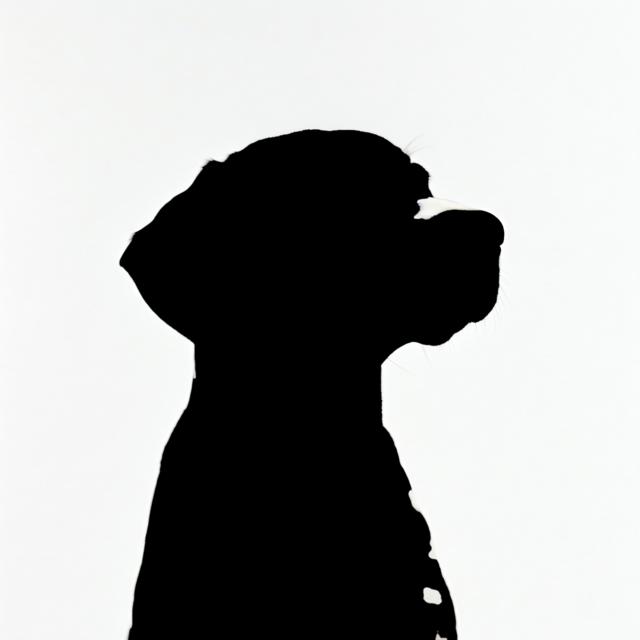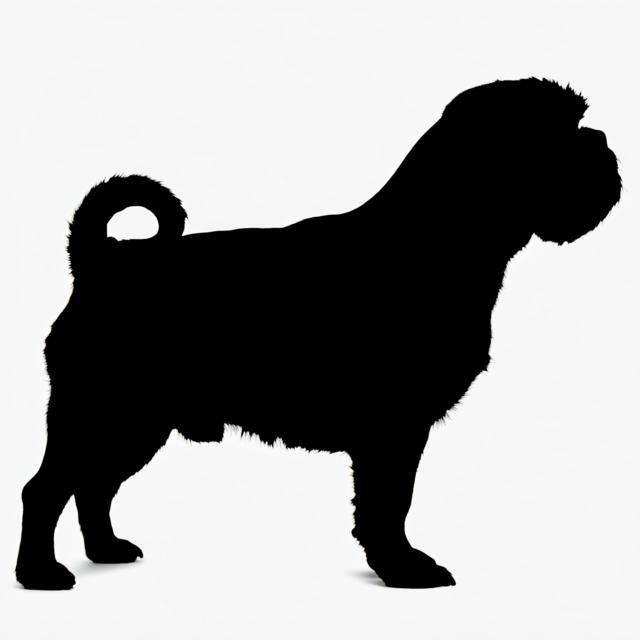Porcelaine
Chien de Franche-Comté
 akc
akc ankc
ankc fci
fci ukc
ukc



Summary
- The Porcelaine is a French scent hound known for its distinctive white coat with orange markings and elegant build. It is an energetic and independent breed that requires consistent training and plenty of exercise, making it a suitable companion for active owners.
Origin and Purpose
- France
- Scent hound
Appearance
Dimensions
| Gender | Height | Weight |
|---|---|---|
| Female | 21-26 inches (53-66 cm) | 55-62 pounds (25-28 kg) |
| Male | 22-27 inches (55-69 cm) | 55-62 pounds (25-28 kg) |
Coat
| Attribute | Notes |
|---|---|
| Color |
|
| Type |
|
| Length |
|
Care
| Attribute | Notes |
|---|---|
| Shedding |
|
| Grooming |
|
| Drooling |
|
Body
| Attribute | Notes |
|---|---|
| Head |
|
| Skull |
|
| Ears |
|
| Eyes |
|
| Nose |
|
| Muzzle |
|
| Teeth |
|
| Neck |
|
| Forequarters |
|
| Fore Legs |
|
| Hindquarters |
|
| Hind Legs |
|
| Feet |
|
| Tail |
|
| Gait |
|
Temperament
- Independent, energetic, and can be stubborn, but gentle and affectionate with family
Social
| Attribute | Notes |
|---|---|
| Affectionate with Family |
|
| Good with Children |
|
| Good with Dogs |
|
| Good with Cats |
|
| Openness to Strangers |
|
| Playfulness Level |
|
| Protective Nature |
|
| Adaptability Level |
|
Working Roles
- Hunting
- Scent Tracking
Exercise Needs
- High
Health
- Generally healthy, but prone to hip dysplasia and ear infections
Additional Notes
- Needs a confident owner.
- Requires plenty of exercise and mental stimulation.
- Can be vocal.